Home>diy>Building & Construction>What Is Sustainable Construction
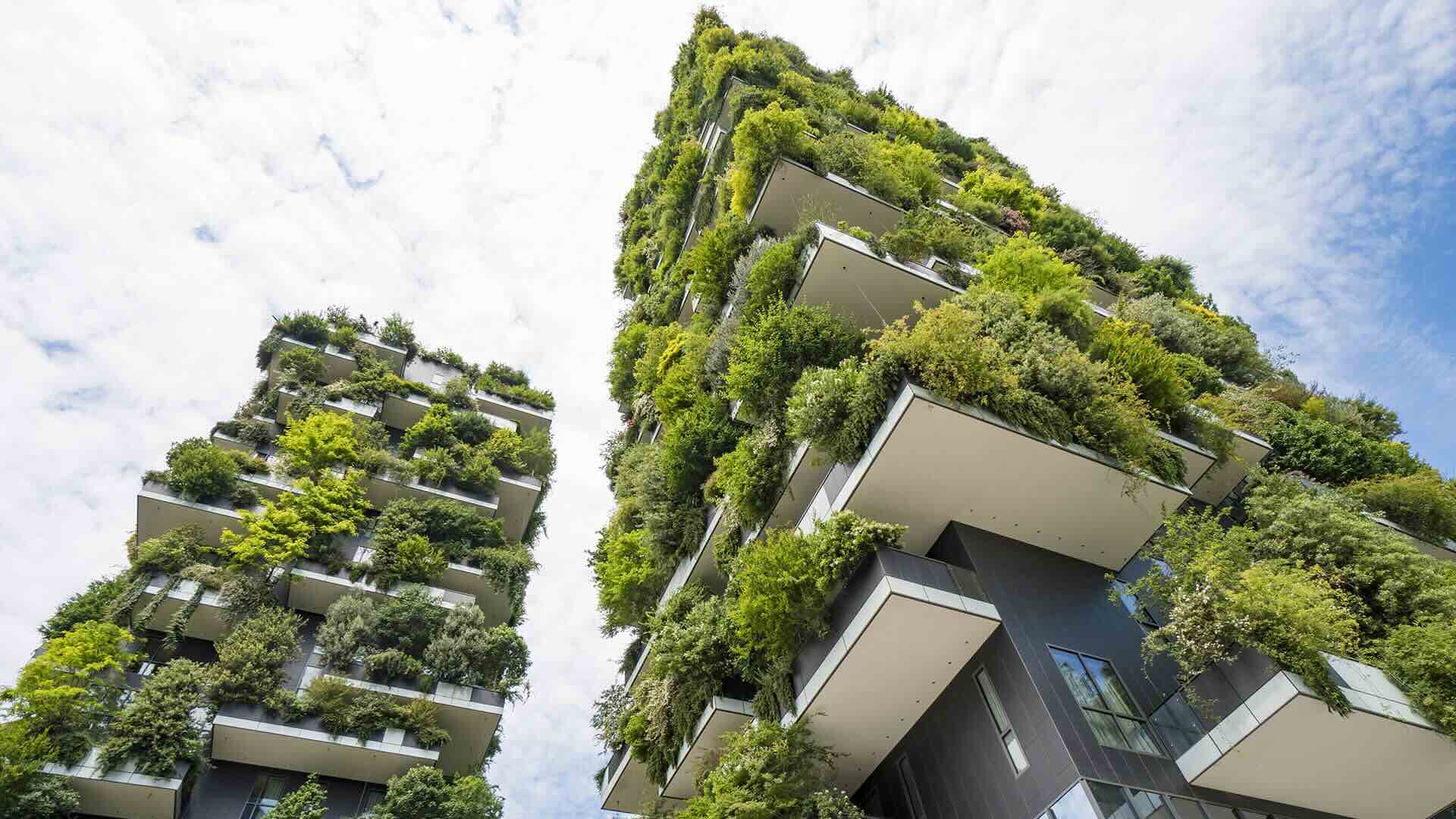

Building & Construction
What Is Sustainable Construction
Modified: January 5, 2024
Discover the importance of sustainable construction practices in building-construction. Learn how it promotes environmental preservation, energy efficiency, and long-term economic viability.
(Many of the links in this article redirect to a specific reviewed product. Your purchase of these products through affiliate links helps to generate commission for Storables.com, at no extra cost. Learn more)
Introduction
Welcome to the world of sustainable construction, where the principles of environmental responsibility, economic viability, and social equity combine to create buildings that not only meet our present needs but also preserve the resources for future generations. Sustainable construction is a revolutionary approach that aims to minimize the negative impact of the built environment on the planet and maximize its positive contributions.
Sustainable construction goes beyond just constructing eco-friendly buildings; it encompasses the entire life cycle of a structure, from design and construction to operation and end-of-life. By implementing sustainable practices, we can create buildings that are energy-efficient, environmentally friendly, and socially responsible.
As the global population continues to rise and urbanization becomes more pronounced, the need for sustainable construction practices is becoming increasingly critical. Traditional construction methods have often resulted in excessive resource consumption, pollution, and waste generation, leading to detrimental effects on our environment and communities. Sustainable construction provides an alternative that addresses these challenges and offers a more sustainable and resilient future.
In this article, we will explore the concept of sustainable construction in greater detail. We will delve into its definition, discuss its importance, highlight its objectives and principles, and examine the benefits it provides. We will also address the challenges in implementing sustainable construction and provide strategies for achieving it. Additionally, we will showcase some successful case studies of sustainable construction projects to offer real-world examples of its application.
Whether you are a building professional, an environmentally conscious individual, or simply interested in learning more about sustainable practices, this article will serve as a valuable resource to expand your knowledge and understanding of sustainable construction.
Key Takeaways:
- Sustainable construction aims to create buildings that are energy-efficient, water-conscious, waste-reducing, and environmentally responsible, contributing to a more sustainable and resilient future.
- Overcoming challenges such as cost considerations and resistance to change requires collaboration, education, innovation, and policy support to transform the construction industry into a more sustainable and resilient one.
Read more: What Is Pre-Construction In Construction
Definition of Sustainable Construction
Sustainable construction, also known as green building or environmentally friendly construction, refers to the practice of designing, constructing, and operating buildings in a way that reduces their negative impact on the environment and promotes a more sustainable society. It involves integrating sustainable design principles and using eco-friendly materials and technologies throughout the construction process.
At its core, sustainable construction aims to minimize resource consumption, reduce waste generation, and enhance the overall performance and sustainability of buildings. It takes into account various factors, including energy efficiency, water conservation, indoor environmental quality, and the use of renewable materials.
One key aspect of sustainable construction is energy efficiency. Buildings have a significant impact on energy consumption and greenhouse gas emissions, and energy-efficient design strategies can help minimize this impact. This may include the use of efficient insulation, high-performance windows, energy-efficient appliances, and the integration of renewable energy systems such as solar panels or geothermal heating.
Water conservation is another crucial element of sustainable construction. By implementing water-saving technologies and practices, such as rainwater harvesting systems, low-flow fixtures, and efficient irrigation systems, buildings can significantly reduce water consumption and alleviate strain on local water resources.
Indoor environmental quality is also a vital consideration in sustainable construction. Buildings that prioritize occupant health and well-being by providing adequate ventilation, natural lighting, and using low-emission materials contribute to a healthier living and working environment.
Sustainable construction also places emphasis on the use of eco-friendly materials. This involves selecting materials that have a low environmental impact, such as recycled or recyclable materials, locally sourced materials, or renewable materials like bamboo or cork.
Furthermore, sustainable construction takes into account the entire life cycle of a building, including its design, construction, operation, and eventual demolition or reuse. It aims to create long-lasting and adaptable structures that can be easily repurposed or recycled, reducing waste and the need for new construction.
Overall, the definition of sustainable construction encompasses a holistic approach that considers the social, environmental, and economic aspects of the built environment. It seeks to strike a balance between meeting our present needs and preserving the resources for future generations.
Importance of Sustainable Construction
Sustainable construction is of utmost importance due to its potential to address the pressing challenges we face in our built environment. Here are some key reasons why sustainable construction is crucial:
- Environmental Preservation: Sustainable construction practices aim to reduce the negative impact of buildings on the environment. By minimizing resource consumption, conserving energy and water, and using eco-friendly materials, sustainable buildings help preserve natural resources and minimize pollution. This contributes to the preservation of ecosystems, biodiversity, and the overall health of our planet.
- Climate Change Mitigation: Buildings are significant contributors to greenhouse gas emissions. Sustainable construction focuses on energy-efficient design and the use of renewable energy sources, such as solar and wind, to reduce carbon footprints and combat climate change. By lowering energy demand and utilizing clean energy, sustainable buildings help mitigate the effects of climate change.
- Resource Efficiency: Traditional construction methods often result in excessive resource consumption and waste generation. Sustainable construction promotes resource efficiency by utilizing recycled materials, optimizing construction processes, and implementing strategies for waste reduction. By minimizing waste and improving resource management, sustainable buildings contribute to a more circular economy.
- Improved Health and Well-being: Sustainable buildings are designed to prioritize occupant health and well-being. They provide better indoor air quality, access to natural light, and thermal comfort, enhancing the overall comfort and productivity of occupants. Sustainable construction also emphasizes the use of non-toxic materials, reducing the exposure to harmful substances and improving the overall health of building occupants.
- Cost Savings: While sustainable construction practices may require upfront investments, they often result in long-term cost savings. Energy-efficient buildings reduce utility costs by minimizing energy consumption. Water-efficient systems lower water bills, and the use of durable materials reduces maintenance and replacement costs. Over time, these cost savings outweigh the initial investment, making sustainable construction financially beneficial.
- Social Responsibility: Sustainable construction promotes social equity and inclusivity. It considers the needs of all members of society, including vulnerable populations, by creating accessible and inclusive spaces. Additionally, sustainable construction projects often prioritize local materials and labor, supporting local economies and enhancing community engagement and well-being.
In summary, sustainable construction is essential for addressing environmental challenges, mitigating climate change, promoting resource efficiency, improving occupant health, and realizing cost savings. By adopting sustainable practices, we can create buildings that positively impact the environment, enhance our quality of life, and contribute to a more sustainable and resilient future.
Objectives of Sustainable Construction
The objectives of sustainable construction revolve around creating buildings and infrastructure that prioritize social, environmental, and economic sustainability. While specific objectives may vary depending on the project and context, here are some common goals of sustainable construction:
- Minimize Environmental Impact: One of the primary objectives of sustainable construction is to minimize the negative environmental impact of buildings. This includes reducing energy consumption, water usage, and waste generation throughout the life cycle of the structure. By implementing energy-efficient design, utilizing renewable energy sources, conserving water, and adopting waste management strategies, sustainable construction aims to protect and preserve the natural environment.
- Improve Energy Efficiency: Sustainable construction aims to reduce energy demand by incorporating energy-efficient design principles and using innovative technologies. The objective is to lower the carbon footprint of buildings and contribute to global efforts in mitigating climate change. This may involve maximizing natural lighting, optimizing insulation systems, utilizing high-efficiency HVAC (heating, ventilation, and air conditioning) systems, and integrating renewable energy sources like solar or wind power.
- Promote Water Conservation: Water scarcity is a growing concern in many regions of the world. Sustainable construction aims to minimize water consumption, both in the construction process and during the operational phase of the building. This may involve installing water-efficient fixtures, implementing rainwater harvesting systems, and utilizing recycled or graywater for non-potable purposes. The objective is to reduce the strain on local water resources and promote responsible water management.
- Enhance Indoor Environmental Quality: Sustainable construction prioritizes the health and well-being of building occupants. The objective is to create indoor spaces that provide optimal air quality, lighting, thermal comfort, and acoustics. This may involve incorporating proper ventilation systems, utilizing low-emission materials, maximizing natural daylight, and controlling noise pollution. By creating healthy indoor environments, sustainable construction contributes to the overall well-being and productivity of occupants.
- Utilize Sustainable Materials: Sustainable construction aims to minimize the environmental impact associated with material selection and use. The objective is to prioritize the use of environmentally friendly materials that have a lower carbon footprint, are recyclable, and have a longer lifespan. This may involve using recycled materials, sourcing local and renewable materials, and considering the embodied energy of materials throughout their life cycle. The objective is to reduce the depletion of natural resources and promote the circular economy.
- Promote Social Equity: Sustainable construction seeks to create buildings and infrastructure that promote social equity and inclusivity. The objective is to design spaces that are accessible to all individuals, regardless of their physical abilities. This may involve incorporating universal design principles, providing diverse amenities, and considering the needs of diverse communities. The objective is to create inclusive spaces that foster equality and social well-being.
Overall, the objectives of sustainable construction focus on creating buildings and infrastructure that minimize environmental impact, maximize energy and water efficiency, enhance indoor environmental quality, prioritize the use of sustainable materials, and promote social equity. By aligning with these objectives, sustainable construction helps us move towards a more sustainable and resilient future.
Principles of Sustainable Construction
The principles of sustainable construction provide a framework for creating buildings and infrastructure that prioritize sustainability and long-term resilience. These principles guide the decision-making process throughout the entire life cycle of a structure. Here are some key principles of sustainable construction:
- Energy Efficiency: Energy efficiency is a fundamental principle of sustainable construction. Buildings should be designed to minimize energy consumption through the use of efficient insulation, high-performance windows, and energy-efficient appliances. The integration of renewable energy sources such as solar panels or geothermal systems also plays a significant role in achieving energy efficiency goals.
- Water Conservation: Sustainable construction strives to minimize water consumption through innovative design and management strategies. This may involve the use of low-flow fixtures, rainwater harvesting systems, and efficient irrigation techniques. By conserving water resources, sustainable construction contributes to the overall sustainability of the built environment.
- Waste Reduction: Sustainable construction aims to minimize waste generation and promote responsible waste management practices. This includes recycling construction and demolition waste, utilizing prefabrication techniques to minimize waste on-site, and implementing strategies to reduce packaging waste. By reducing waste, sustainable construction helps conserve resources and reduce the environmental impact of construction activities.
- Material Selection: Sustainable construction emphasizes the use of eco-friendly and sustainable materials. This involves choosing materials with low embodied energy, using recycled or reclaimed materials, and sourcing locally available materials to reduce transportation-related emissions. The selection of materials should also consider their durability, recyclability, and potential for disassembly and reuse at the end of a building’s life cycle.
- Indoor Environmental Quality: Creating a healthy and comfortable indoor environment is a principle of sustainable construction. This involves designing buildings with proper ventilation systems to ensure good air quality, maximizing access to natural daylight, controlling noise pollution, and selecting low-emission materials that do not release harmful volatile organic compounds (VOCs). Prioritizing indoor environmental quality contributes to the well-being and productivity of building occupants.
- Adaptability and Resilience: Sustainable construction encourages the design of adaptable and resilient buildings. This includes considering future needs and potential climate impacts in the design process to ensure the longevity and functionality of the structure. By incorporating flexibility and resilience into the design, sustainable construction minimizes the need for costly renovations or demolitions in the future.
- Community Engagement: Sustainable construction values the engagement of the community throughout the project’s life cycle. This involves incorporating community input in the design process, considering the social and cultural context of the project, and prioritizing the needs and aspirations of local stakeholders. By involving the community, sustainable construction projects can better address the unique needs and values of the people they serve.
These principles of sustainable construction form a foundation for creating buildings that are energy-efficient, water-conscious, waste-reducing, and environmentally responsible. By adhering to these principles, sustainable construction contributes to a more sustainable and resilient built environment, ensuring the well-being of both people and the planet.
When choosing materials for sustainable construction, look for options that are locally sourced, renewable, and have a low environmental impact. This can help reduce the carbon footprint of your project.
Benefits of Sustainable Construction
Sustainable construction offers a wide range of benefits, not only for the environment but also for building occupants, society, and the economy. By prioritizing sustainability principles, sustainable construction practices provide numerous advantages. Here are some key benefits of sustainable construction:
- Environmental Preservation: Sustainable construction helps preserve the environment by reducing resource consumption and minimizing pollution. Energy-efficient buildings lower greenhouse gas emissions and combat climate change. Water conservation strategies reduce the strain on local water resources. The use of sustainable materials reduces the depletion of natural resources. By adopting sustainable construction practices, we can protect ecosystems, maintain biodiversity, and preserve the natural environment for future generations.
- Energy Efficiency: One of the significant benefits of sustainable construction is its focus on energy efficiency. Energy-efficient buildings consume less energy, resulting in significant cost savings for occupants and building owners. By optimizing insulation, utilizing high-performance windows, and integrating renewable energy systems, sustainable buildings can reduce energy consumption and lower utility bills while also contributing to global efforts in mitigating climate change.
- Cost Savings: While sustainable construction may require upfront investments, it offers long-term cost savings. Energy-efficient buildings reduce utility expenses by minimizing energy consumption. Water-efficient systems lower water bills. The use of durable materials reduces maintenance and replacement costs. Additionally, sustainable buildings often have longer lifespans and higher property values, providing financial benefits over time. Overall, sustainable construction offers a favorable return on investment and helps reduce the overall life cycle costs of a building.
- Improved Indoor Environmental Quality: Sustainable construction prioritizes the health and well-being of building occupants. High-quality indoor environments with good air quality, natural lighting, and comfortable temperatures contribute to occupant satisfaction and productivity. Additionally, the use of non-toxic materials reduces exposure to harmful substances, creating healthier indoor spaces. By promoting indoor environmental quality, sustainable construction enhances the comfort, health, and well-being of occupants.
- Job Creation and Local Economic Growth: Sustainable construction practices stimulate job creation and local economic growth. The adoption of sustainable construction techniques creates a demand for skilled workers in various fields, including architecture, engineering, construction, and renewable energy. Additionally, sustainable construction often emphasizes the use of locally sourced materials and labor, supporting local economies and creating employment opportunities within communities.
- Resilience and Adaptability: Sustainable construction focuses on creating resilient and adaptable buildings. By integrating design strategies that account for climate change impacts and future needs, sustainable buildings can withstand natural hazards and avoid costly renovations or demolitions. This ensures the long-term functionality and durability of the structure, enhancing its value and reducing potential disruptions.
- Social Equity and Community Well-being: Sustainable construction promotes social equity and community well-being. By designing inclusive, accessible, and culturally sensitive buildings, sustainable construction projects create spaces that cater to the needs of all individuals, including vulnerable populations. Additionally, sustainable construction often incorporates community engagement, fostering a sense of ownership and pride within local communities.
By embracing sustainable construction practices, we can realize a multitude of benefits – from environmental preservation and energy savings to improved health and well-being, job creation, and resilient communities. Sustainable construction offers a pathway towards a more sustainable and resilient future for both current and future generations.
Challenges in Implementing Sustainable Construction
While sustainable construction presents numerous benefits, there are also several challenges that need to be overcome in its implementation. These challenges can arise from various factors, including financial constraints, lack of awareness, and resistance to change. Here are some common challenges in implementing sustainable construction:
- Cost Considerations: One significant challenge is the perception that sustainable construction is more expensive compared to conventional construction. The upfront costs of incorporating sustainable features and technologies, such as energy-efficient systems and green materials, can be higher. However, it’s essential to consider the long-term economic benefits and cost savings associated with energy efficiency, reduced maintenance, and operational expenses. Educating stakeholders about the long-term return on investment is crucial in overcoming this challenge.
- Lack of Awareness and Education: Many individuals within the construction industry may have limited knowledge or awareness of sustainable construction practices. This lack of education and training can hinder the widespread adoption of sustainable techniques. The construction industry needs to invest in training programs and awareness campaigns to bridge this knowledge gap and promote the benefits and importance of sustainable construction.
- Resistance to Change: The construction industry is traditionally resistant to change due to established practices and a risk-averse culture. Implementing sustainable construction often involves adopting new technologies, materials, and design approaches. Overcoming resistance to change requires demonstrating the feasibility and benefits of sustainable construction, providing case studies of successful projects, and showcasing how sustainable practices can improve project outcomes and profitability.
- Limited Availability of Green Materials: The availability of sustainable and eco-friendly materials can be a challenge. While the demand for these materials is increasing, their availability and accessibility may still be limited in some regions. Additionally, the cost of green materials may be higher than conventional alternatives. Encouraging the development of sustainable supply chains, promoting research and innovation, and incentivizing the use of eco-friendly materials can address this challenge over time.
- Complexity of Green Building Standards and Certification: Green building standards and certifications, such as LEED (Leadership in Energy and Environmental Design), can be complex and time-consuming to navigate. Meeting the requirements for certification may involve extensive documentation, coordination with multiple stakeholders, and additional costs. Simplifying the certification process, providing guidance and resources, and offering incentives for certification can help overcome this challenge.
- Integration of Sustainable Design Principles: Incorporating sustainable design principles into the early stages of a project can be challenging. Many decisions that significantly impact sustainability are made during the design phase, when changes can be made most effectively and at a lower cost. Collaboration among architects, engineers, and other project stakeholders is crucial to ensuring that sustainable design principles are integrated effectively to optimize performance and reduce negative environmental impacts.
- Regulatory and Policy Barriers: Existing regulations and policies may not always align with sustainable construction goals. There may be a lack of incentives or clear guidelines for implementing sustainable practices, which can pose challenges for project teams. Collaboration between the construction industry and policymakers is essential to create supportive policies, provide incentives, and streamline regulatory requirements to accelerate the adoption of sustainable construction practices.
While these challenges may pose obstacles to the widespread implementation of sustainable construction, they are not insurmountable. With concerted efforts from all stakeholders, including industry professionals, policymakers, and the public, these challenges can be overcome, leading to a more sustainable and resilient construction industry.
Strategies for Achieving Sustainable Construction
Implementing sustainable construction practices requires a comprehensive approach that considers various aspects of the building process. Here are some strategies that can be employed to achieve sustainable construction:
- Integrated Design Process: Embrace an integrated design process that involves collaboration among architects, engineers, contractors, and other relevant stakeholders. By involving all parties from the early stages of a project, sustainable design strategies can be integrated holistically, optimizing building performance and minimizing negative environmental impacts.
- Set Clear Sustainability Goals: Establish clear sustainability goals at the beginning of a project to guide decision-making. Define key performance indicators related to energy efficiency, water conservation, waste reduction, and indoor environmental quality. These goals will serve as benchmarks and help track progress throughout the construction process.
- Emphasize Energy Efficiency: Prioritize energy efficiency by incorporating passive design strategies, such as optimizing building orientation and utilizing natural ventilation and daylighting. Adopt high-performance building envelopes, efficient HVAC systems, and energy-efficient lighting. Consider integrating renewable energy systems, like solar or wind power, to further reduce reliance on traditional energy sources.
- Promote Water Conservation: Implement water conservation strategies by installing water-saving fixtures, utilizing rainwater harvesting systems for non-potable uses, and employing efficient irrigation techniques. Consider landscaping designs that require minimal water consumption and prioritize the use of native or drought-tolerant plant species.
- Use Sustainable Materials: Select eco-friendly and locally sourced materials with a low environmental impact. Prioritize materials that are energy-efficient, recycled, recyclable, and have a low carbon footprint. Consider sustainable wood products certified by organizations like the Forest Stewardship Council (FSC), and explore alternatives to traditional construction materials, such as bamboo or recycled plastic.
- Consider Lifecycle Assessment: Conduct a life cycle assessment (LCA) of building materials and systems to evaluate their environmental impact throughout their lifespan. Consider the embodied energy of materials, carbon emissions, and potential for reuse or recycling. Choosing materials with a lower environmental impact can contribute to the overall sustainability of the building.
- Implement Waste Management Strategies: Develop a comprehensive waste management plan to minimize construction waste generation. Encourage on-site segregation and recycling of waste materials. Explore opportunities for salvaging and repurposing materials during demolition or renovation activities. Adopt prefabrication techniques to reduce on-site waste and improve construction efficiency.
- Ensure Indoor Environmental Quality: Prioritize occupant health and well-being by ensuring good indoor air quality, ample natural light, comfortable thermal conditions, and acoustic comfort. Use low-emission materials, such as paints, adhesives, and carpets, to reduce the presence of harmful volatile organic compounds (VOCs). Provide proper ventilation systems and actively manage indoor air quality throughout the life of the building.
- Continual Monitoring and Optimization: Implement monitoring and management systems to track energy and water consumption, indoor environmental quality, and overall building performance. Regularly analyze performance data and make necessary adjustments to optimize efficiency and sustainability. Use building automation systems to actively manage energy usage and ensure ongoing operational efficiency.
- Engage and Educate Stakeholders: Engage with all project stakeholders, including clients, contractors, and building occupants, to raise awareness about sustainable construction practices and encourage their active participation. Provide education and training to construction teams on sustainable construction techniques and their benefits. Foster a culture of sustainability to create a collective commitment towards sustainable practices.
By adopting these strategies, the construction industry can achieve sustainable construction by promoting energy efficiency, water conservation, waste reduction, and the use of sustainable materials. Through a holistic approach that involves collaboration, goal-setting, and ongoing monitoring, stakeholders can contribute to a more sustainable and resilient built environment.
Case Studies of Successful Sustainable Construction Projects
Several successful sustainable construction projects have demonstrated the feasibility and benefits of implementing sustainable practices. These projects serve as inspiring examples that showcase the possibilities of creating environmentally responsible and socially conscious buildings. Here are a few notable case studies:
- The Edge – Amsterdam, Netherlands: Considered one of the world’s greenest buildings, The Edge in Amsterdam is an exceptional example of sustainable construction. The building achieved the highest sustainable building rating, BREEAM Outstanding, by incorporating innovative features. It utilizes solar panels, smart lighting systems, rainwater harvesting, and advanced energy monitoring. The Edge operates as a “Smart Building,” adapting the indoor environment to the needs and preferences of its occupants, resulting in significantly reduced energy consumption and increased efficiency.
- BedZED – London, United Kingdom: BedZED, located in London, is an award-winning sustainable community that showcases sustainable housing design. The development utilizes various sustainable techniques, including passive solar design, energy-efficient building envelopes, combined heat and power systems, and rainwater harvesting. BedZED also encourages sustainable transportation with electric vehicle charging points and bicycle storage. The project successfully demonstrates how sustainable construction principles can be integrated into an entire community, providing environmentally friendly and socially responsible housing.
- Bullitt Center – Seattle, United States: The Bullitt Center in Seattle is a net-zero energy building that generates as much or more energy than it consumes. Designed to operate solely on renewable energy, the six-story building features innovative technologies such as solar panels, geothermal heating, and rainwater harvesting. The Bullitt Center prioritizes resource conservation and incorporates materials with low embodied energy that can be recycled at the end of the building’s life cycle. The project demonstrates the possibility of achieving high levels of sustainability and energy independence in commercial buildings.
- One Central Park – Sydney, Australia: One Central Park in Sydney stands out as an urban oasis that combines sustainable design with striking aesthetics. The building incorporates vertical gardens that not only enhance the visual appeal but also contribute to energy efficiency by providing shade and insulation. One Central Park utilizes solar panels, a tri-generation plant, and a water recycling system that supplies water for irrigation. The project showcases how sustainable construction can be seamlessly integrated into dense urban environments.
- The Crystal – London, United Kingdom: The Crystal in London is a sustainable construction exemplar that revolves around the concept of sustainable urbanism. It functions as both an exhibition space and an office building. The Crystal incorporates various sustainability strategies, including solar power, rainwater harvesting, and intelligent building management systems. The project showcases the potential for sustainable construction to create iconic, energy-efficient landmarks that not only meet the needs of occupants but also contribute to the surrounding community and the environment.
These case studies highlight the diverse range of successful sustainable construction projects worldwide. Each project demonstrates different aspects of sustainability, such as energy efficiency, water conservation, innovative design, and community engagement. They serve as inspiration and provide valuable insights for future sustainable construction endeavors, demonstrating that sustainable buildings can be both beautiful and functional while positively impacting the environment and society.
Read more: What Is Construction
Conclusion
Sustainable construction is not just a trend; it is an essential approach that addresses the urgent need for environmental responsibility, economic viability, and social equity in the built environment. By implementing sustainable practices in the design, construction, and operation of buildings, we can minimize their negative impact on the planet and maximize their positive contributions to our communities and future generations.
Throughout this article, we have explored the definition, importance, objectives, principles, benefits, challenges, and strategies of sustainable construction. We have learned that sustainable construction aims to create buildings that are energy-efficient, water-conscious, waste-reducing, and environmentally responsible. Sustainable construction not only lowers our carbon footprint but also improves indoor air quality, enhances occupant health, reduces operational costs, and supports local economies.
However, implementing sustainable construction is not without its challenges. From financial considerations to resistance to change, overcoming these hurdles requires collaboration, education, innovation, and policy support. By raising awareness, providing training, simplifying certifications, and offering incentives, we can overcome resistance and transform the construction industry into a more sustainable and resilient one.
Through case studies of successful sustainable construction projects, we have seen the tangible results achievable with sustainable design and construction practices. From net-zero energy buildings to green communities, these real-world examples inspire us to imagine a future where all buildings are environmentally responsible, energy-efficient, and socially inclusive.
In conclusion, sustainable construction is a critical pathway towards a more sustainable and resilient future. By embracing energy efficiency, water conservation, waste reduction, sustainable materials, and inclusive design, we can create buildings that not only meet our present needs but also preserve the resources for future generations. Sustainable construction empowers us to mitigate climate change, protect the environment, improve health and well-being, create jobs, and build vibrant communities. It is up to all stakeholders—the construction industry, policymakers, professionals, and individuals—to embrace sustainable construction and work towards a more sustainable and inclusive built environment for a better tomorrow.
Frequently Asked Questions about What Is Sustainable Construction
Was this page helpful?
At Storables.com, we guarantee accurate and reliable information. Our content, validated by Expert Board Contributors, is crafted following stringent Editorial Policies. We're committed to providing you with well-researched, expert-backed insights for all your informational needs.
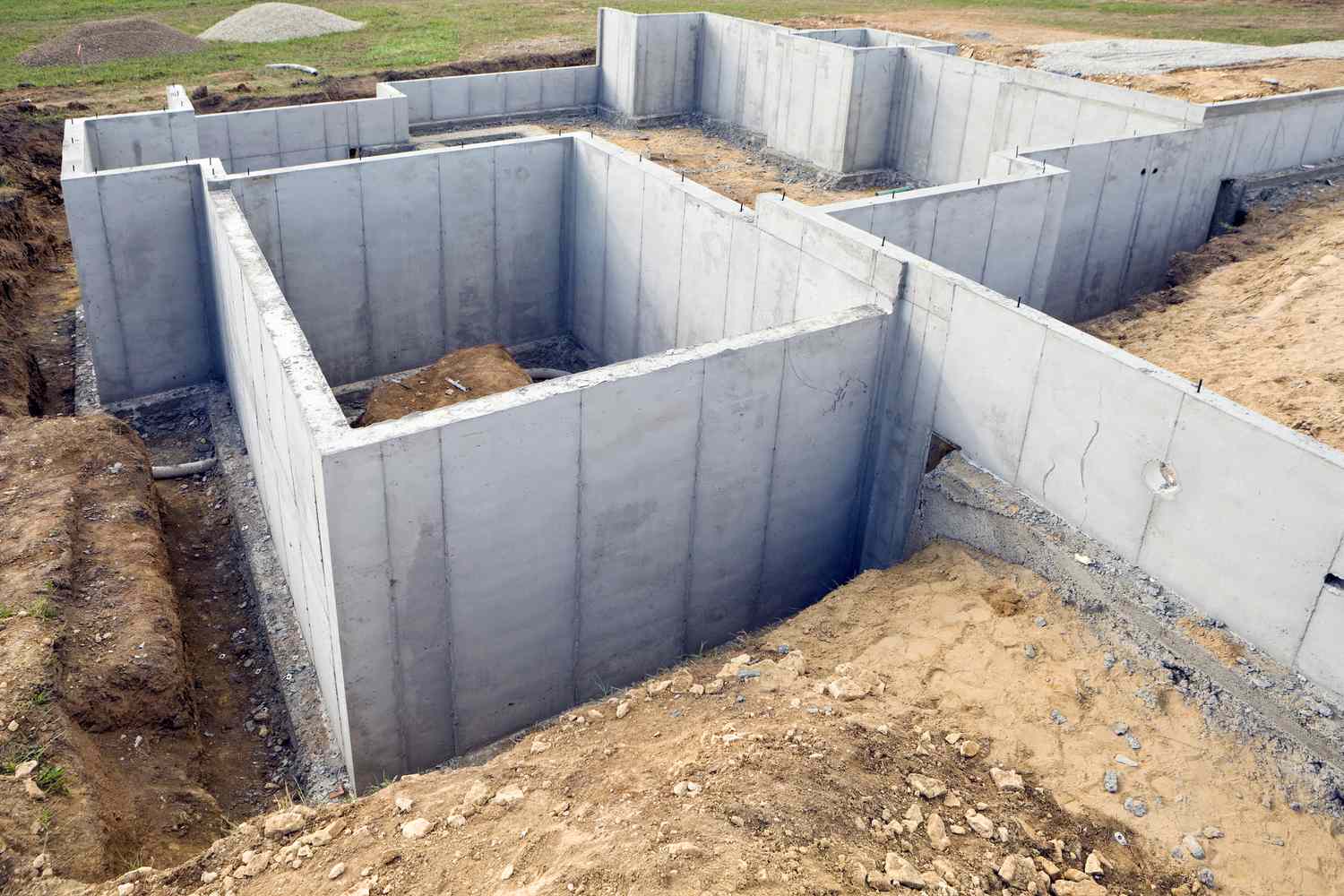
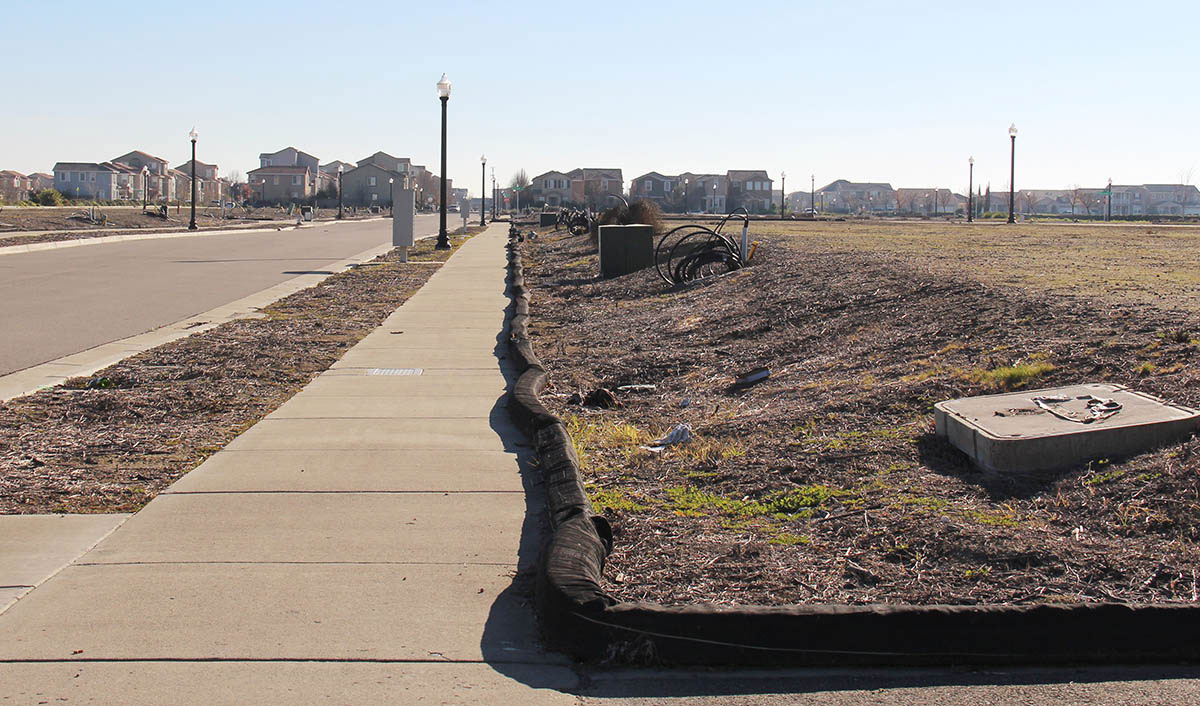
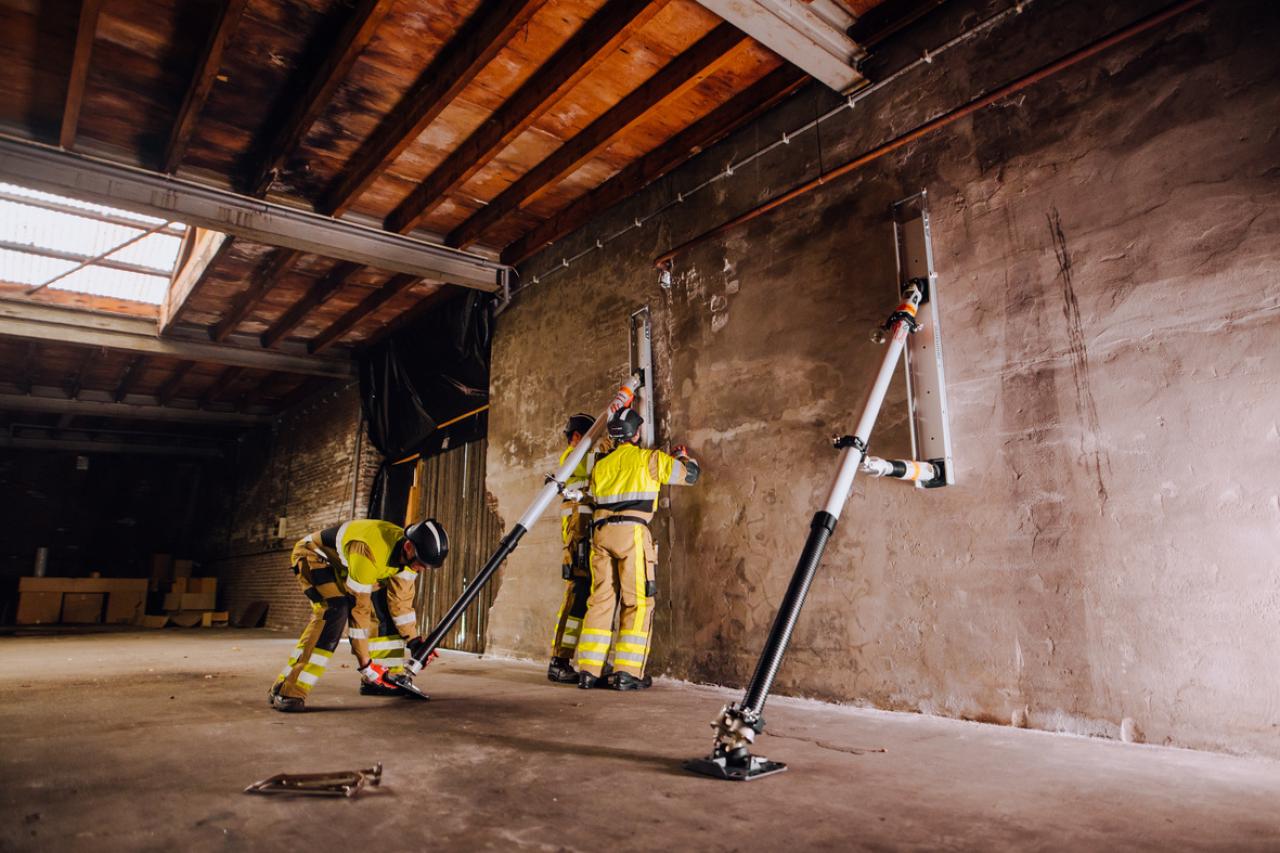

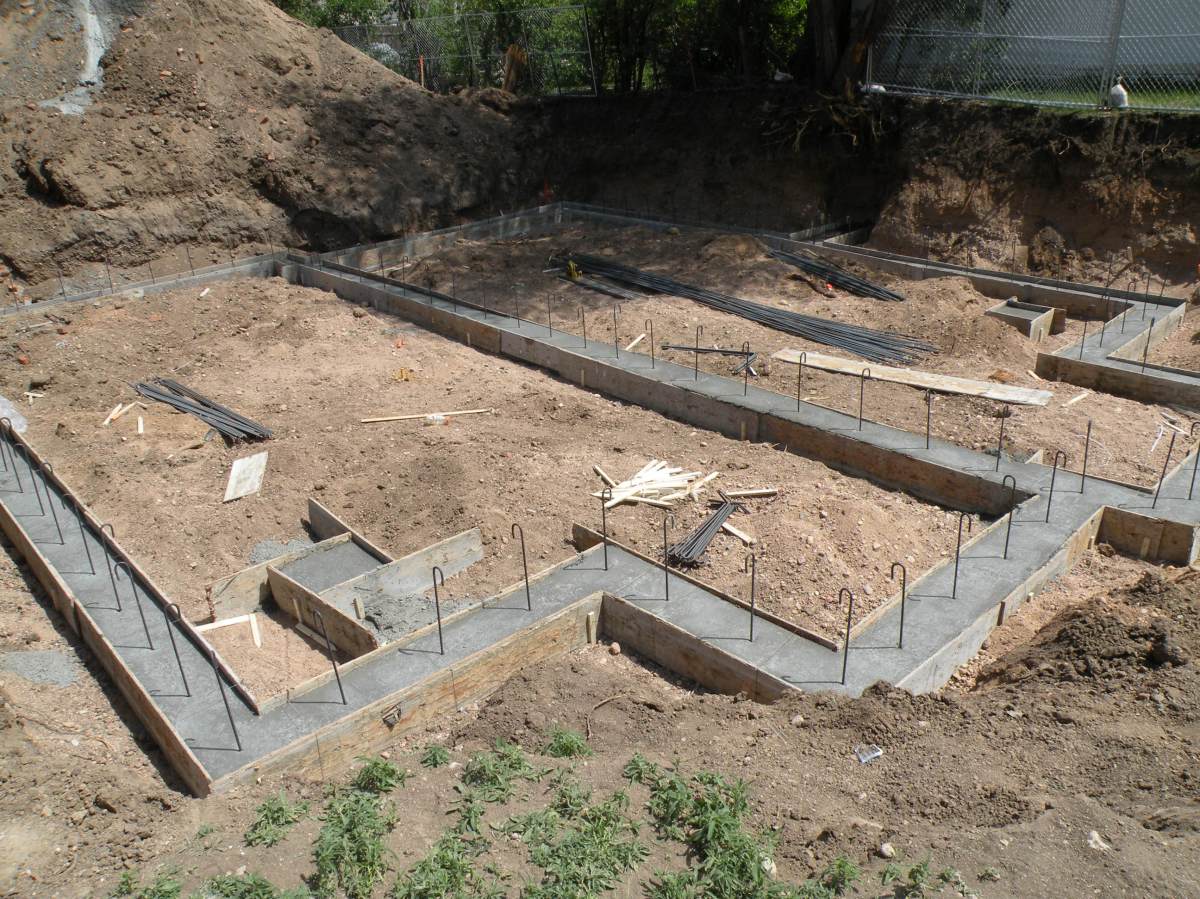
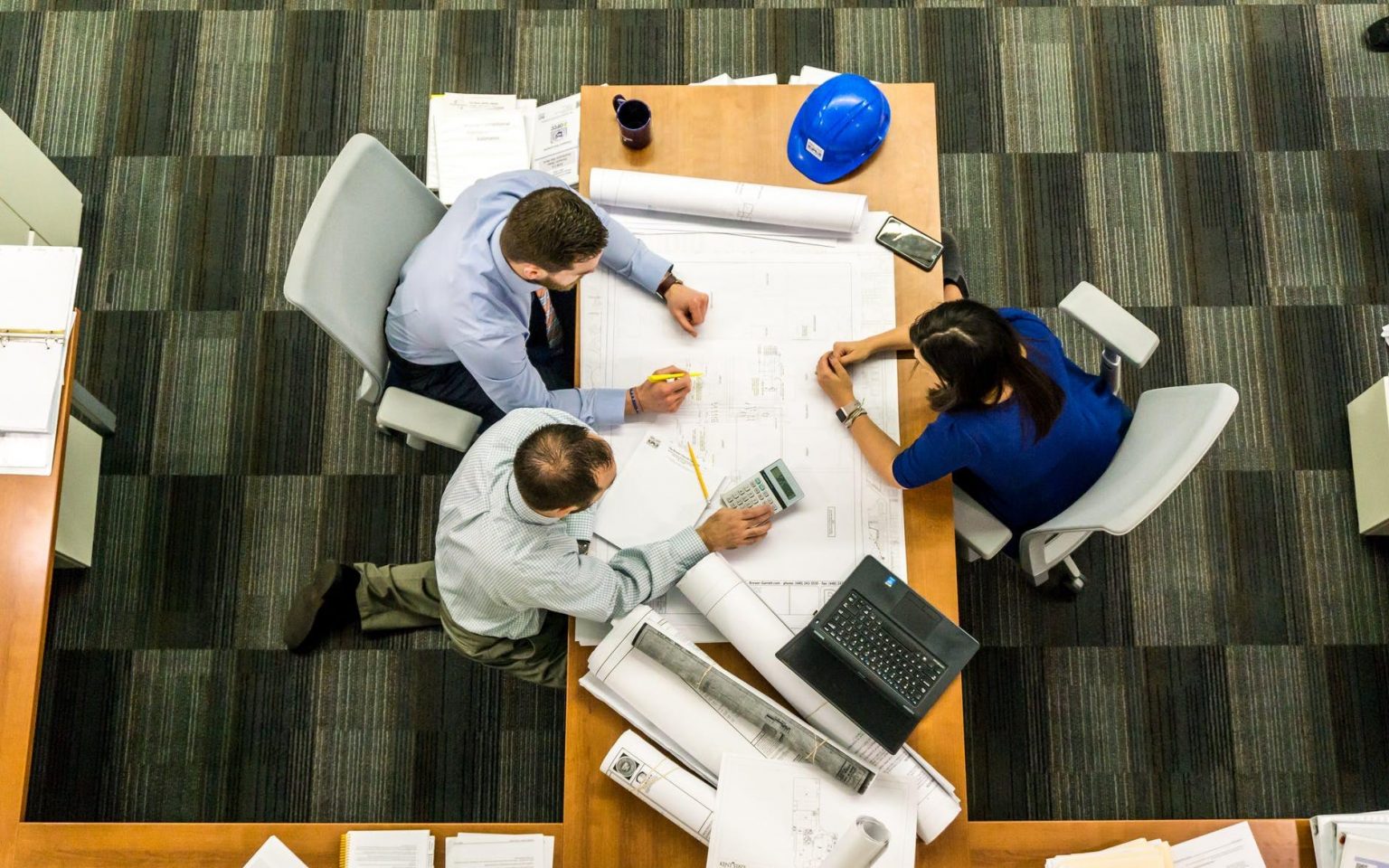
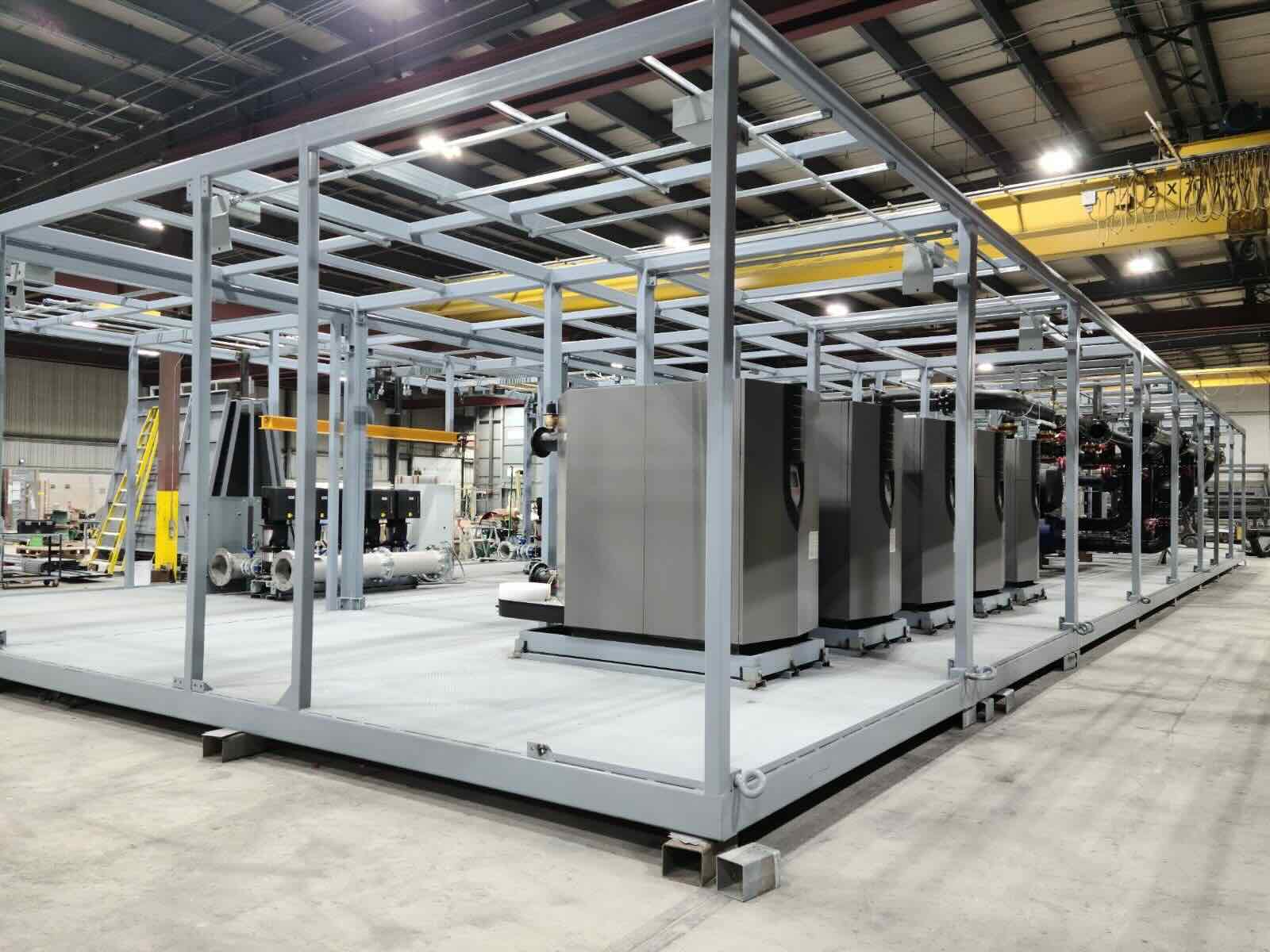

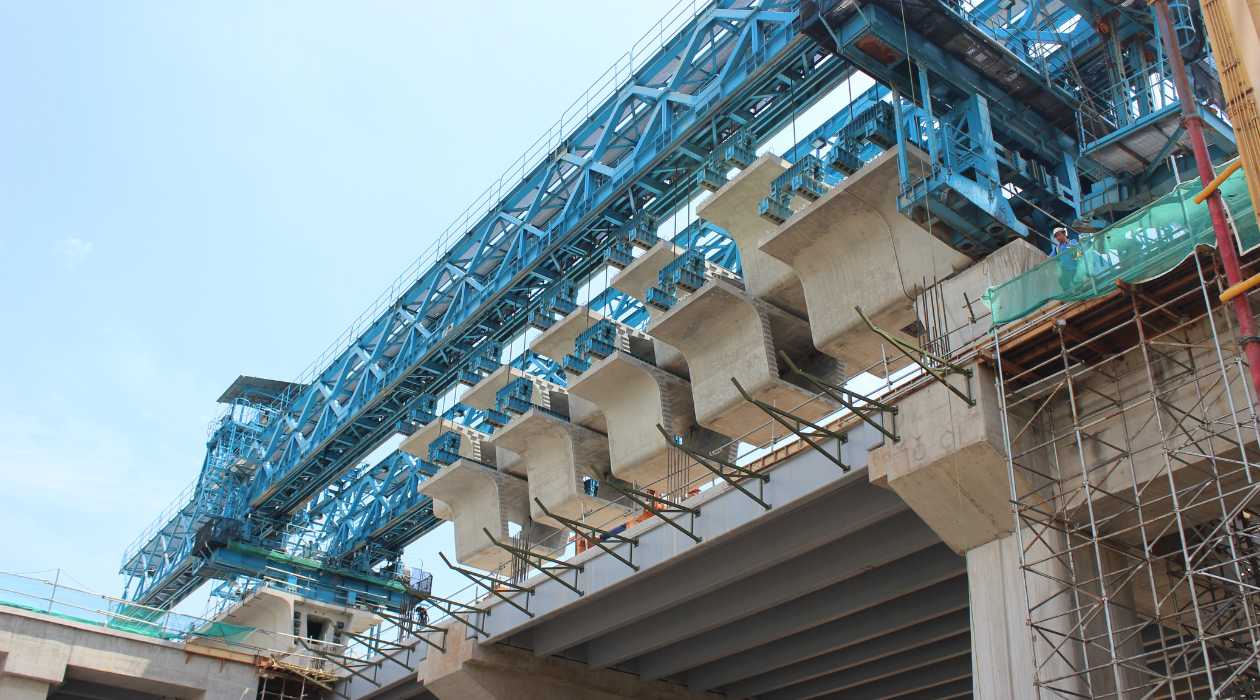
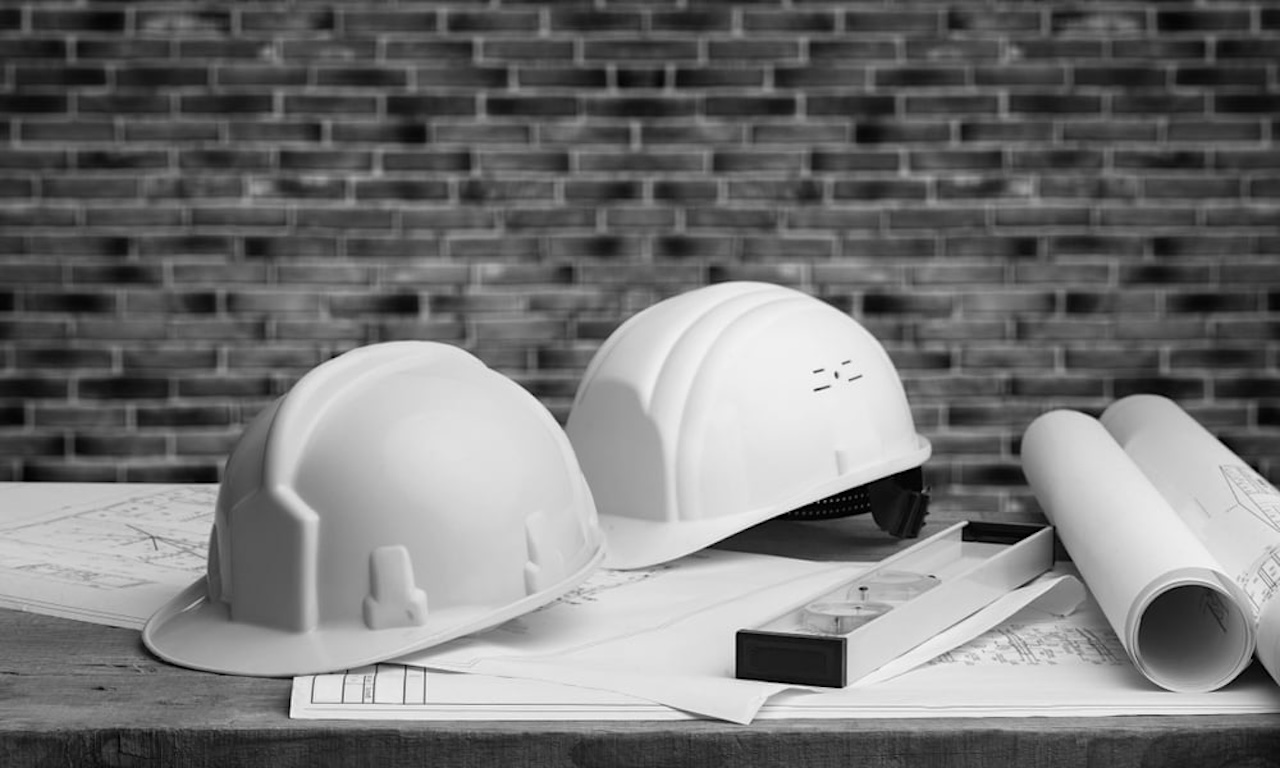
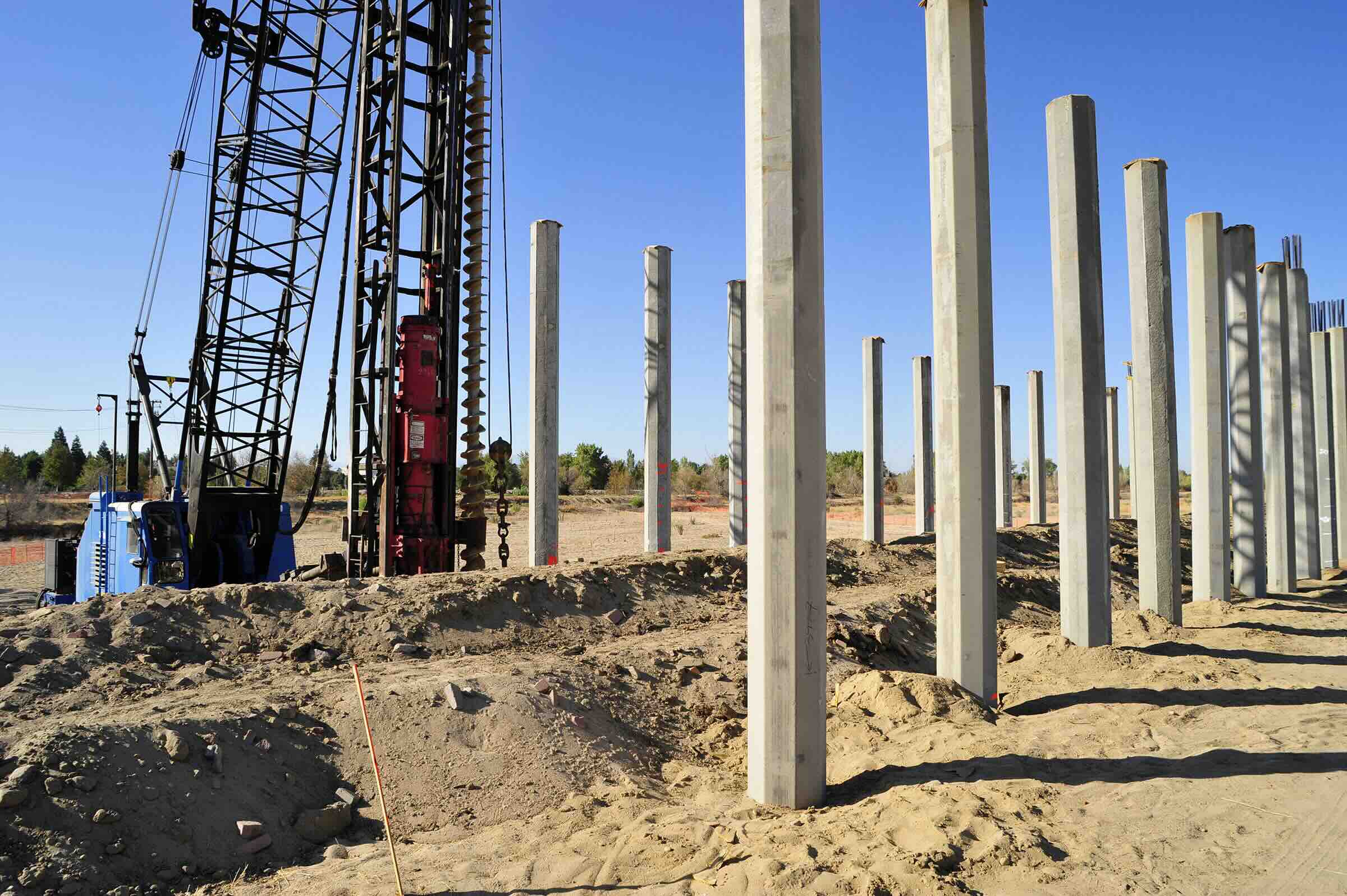

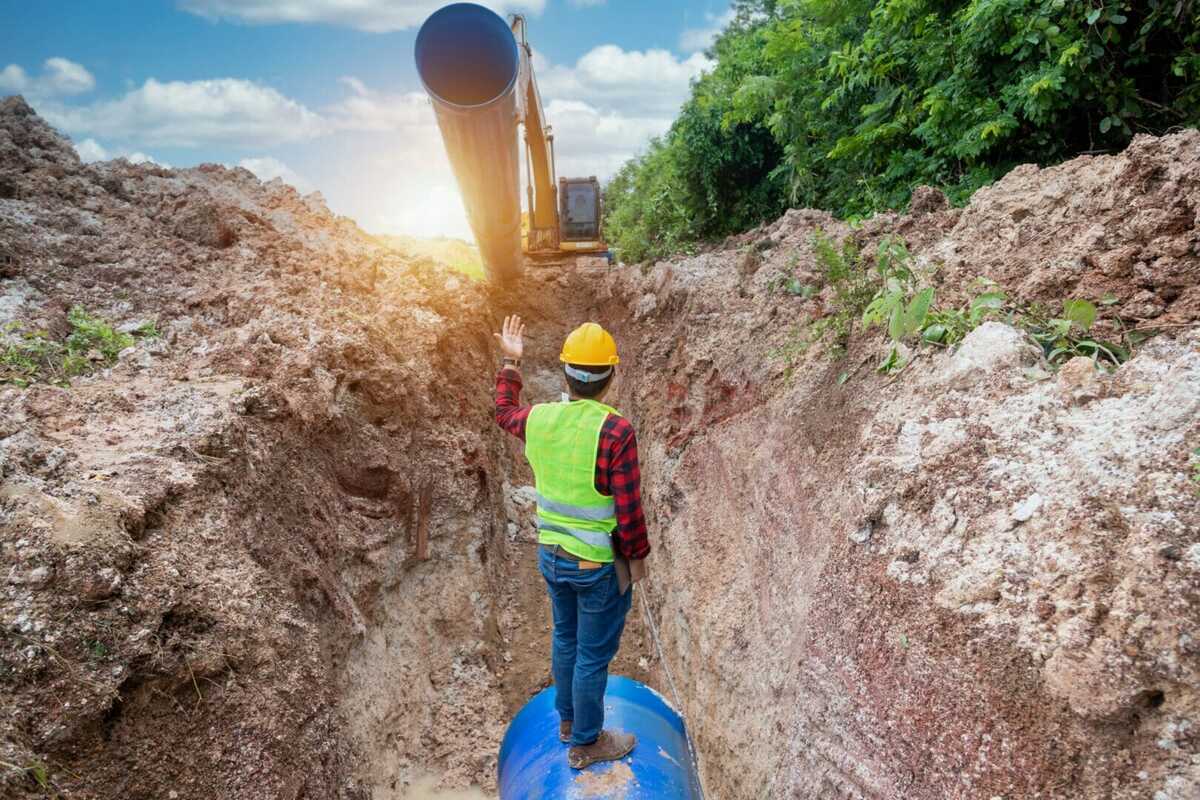

0 thoughts on “What Is Sustainable Construction”